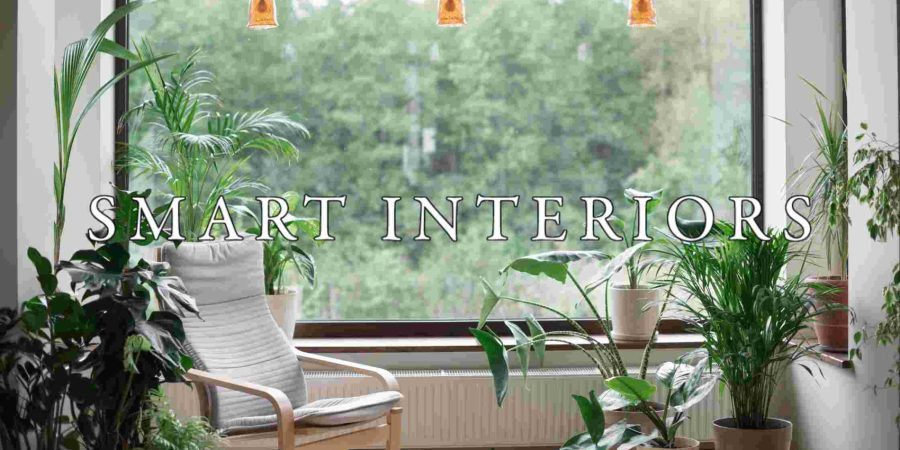Creating Sustainable Spaces
Creating a home that’s not just beautiful, but also eco-friendly, is a growing trend.
Sustainable interior design is about more than just aesthetics. It’s about making choices that are good for the environment and your health.
In this blog, we’ll share tips on how to create sustainable spaces in your home. From choosing eco-friendly materials to embracing green design innovations, we’ll guide you on your journey to a greener home.
Embracing Sustainability in Your Home
Sustainability in interior design is about making conscious choices. It’s about selecting materials and products that are kind to our planet.
It’s also about reducing waste and energy use. This can be achieved through smart design choices and innovative technologies.
But it’s not just about the environment. Sustainable design can also create healthier, more comfortable living spaces.
Why Sustainable Interior Design Matters
Traditional interior design can have a significant impact on the environment. From the materials used to the energy consumed, it all adds up.
By embracing sustainable interior design, we can reduce this impact. We can create beautiful spaces without harming our planet.
Moreover, sustainable design can also improve our well-being and productivity. It’s a win-win for us and the environment.
Choosing Eco-Friendly Materials
When it comes to sustainable interior design, the materials you choose matter. They can make a big difference in your home’s environmental footprint.
Consider materials like bamboo, cork, and reclaimed wood. These are not only eco-friendly but also durable and aesthetically pleasing.
Here are a few tips for selecting sustainable materials:
Look for certifications like LEED, Energy Star, and Fair Trade.
Choose materials that are locally sourced to reduce transportation emissions.
Opt for materials that are recyclable or biodegradable.
The Beauty of Bamboo and Cork
Bamboo and cork are two excellent choices for sustainable materials. They are rapidly renewable, meaning they regrow quickly after being harvested.
Not only are they eco-friendly, but they also bring a unique aesthetic to your space. They can add warmth and texture to any room.
Reclaimed Wood: A Story in Every Piece
Reclaimed wood is another great option. It’s wood that has been salvaged from old buildings, barns, or other structures.
Using reclaimed wood not only reduces waste, but it also adds character to your space. Each piece has its own story to tell.
Green Design Innovations
Sustainable interior design isn’t just about materials. It’s also about innovative green design practices. These can help reduce your home’s energy consumption and improve indoor air quality.
Let’s explore a couple of these green design innovations: low-VOC paints and energy-efficient lighting and appliances.
Low-VOC Paints for Healthier Air
Traditional paints often contain high levels of volatile organic compounds (VOCs). These can harm indoor air quality and pose health risks.
Low-VOC paints are a healthier alternative. They emit fewer harmful chemicals and can help improve the air quality in your home.
Energy-Efficient Lighting and Appliances
Energy-efficient lighting and appliances can significantly reduce your home’s energy consumption. This not only helps the environment but can also save you money on energy bills.
Consider LED lights and Energy Star-rated appliances. They are designed to use less energy without compromising on performance or comfort.
Incorporating Nature into Your Space
Bringing nature into your home is a key aspect of sustainable interior design. It’s not just about aesthetics. It’s also about creating a healthier living environment.
Plants can purify the air and increase humidity. They can also reduce stress and boost your mood.
Plants: More Than Just Decor
Indoor plants are more than just decor. They’re natural air purifiers. They absorb toxins and release oxygen, improving air quality.
Choose plants that thrive indoors. Spider plants, snake plants, and peace lilies are all great options. They’re easy to care for and effective at purifying the air.
Minimizing Waste with Upcycling
Upcycling is a creative way to minimize waste. It involves transforming old or discarded items into something new and useful.
This practice not only reduces waste but also adds a unique touch to your space. It’s sustainability and style combined.
Conclusion: Your Sustainable Design Journey
Embarking on a sustainable design journey is a rewarding experience. It’s about creating a home that reflects your values and respects the environment.
Remember, every small change counts. Start today and build a more sustainable home step by step.
